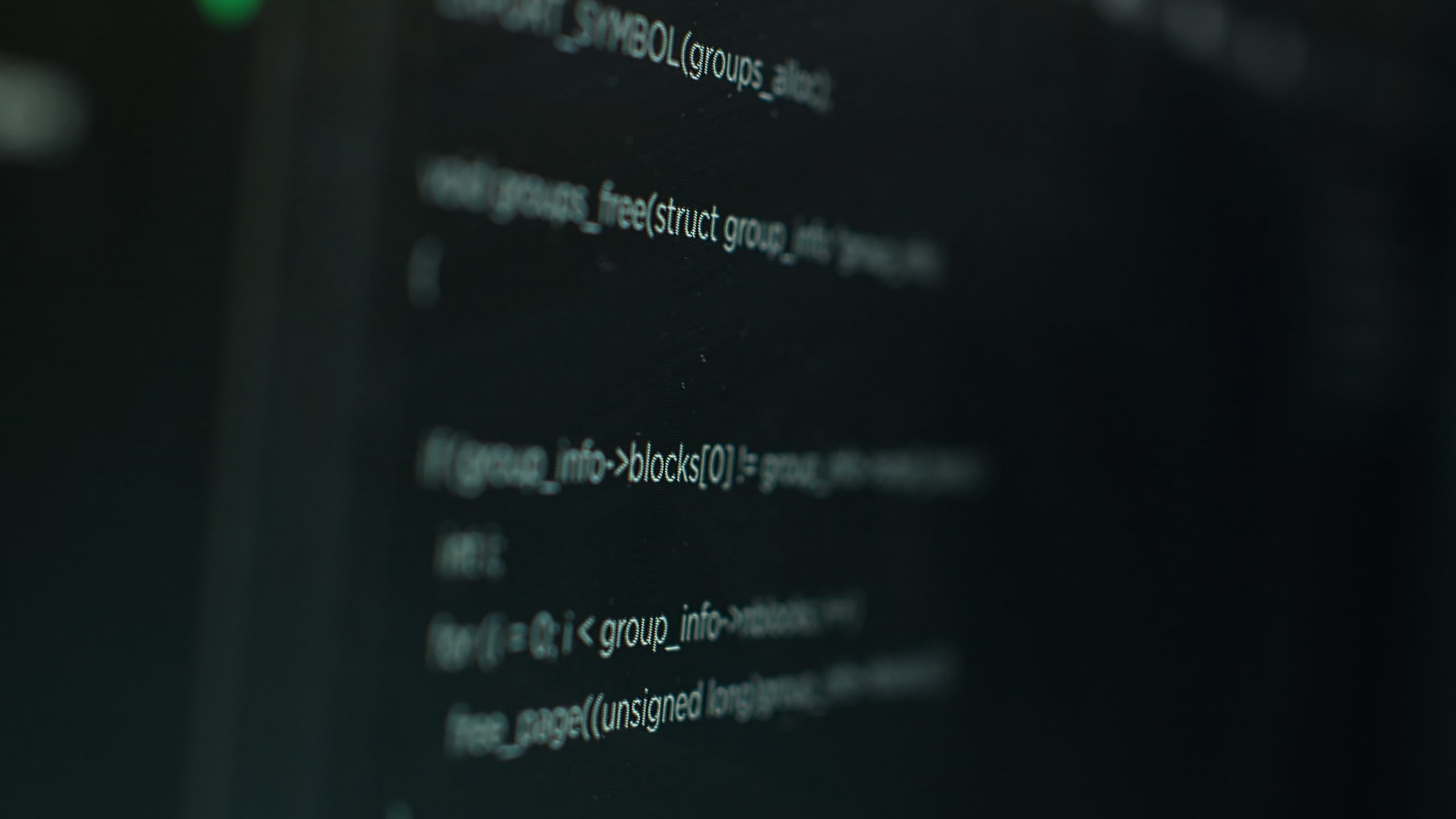The software development lifecycle (SDLC) is a structured process that guides development teams in creating excellent-quality software successfully and cost-effectively.
Develop
Robust
Monitoring
Develop Robust Monitoring
Link Copied
- February 19, 2024
This article discusses establishing a proactive system for monitoring applications to help reduce downtime, lower costs, and enhance overall system health for application owners. First, let’s familiarize ourselves with the definitions. Application performance monitoring involves gathering application metrics, logging transaction traces, ensuring code-level visibility, and so on. Infrastructure monitoring involves tracking hosts, processes, containers, and similar components.
Viewing an app monitoring framework merely as a utility overlooks its significance
Instead, regard it as a crucial endeavor requiring meticulous organization of the monitoring process. Merely installing monitoring software and assuming it will adequately capture all necessary data is overly simplistic. When establishing such a framework, the bulk of effort is spent coordinating checks and observing service interactions, rather than scriptwriting. It involves software development and necessitates active involvement from the team to grasp its scope.
Assigning the entire app monitoring process to one individual can lead to complications. Start-up teams often postpone this task until after product launch. However, as the product gains traction and new features are introduced, the monitoring workload escalates. Consequently, you still need to monitor past functionalities, which may require more than 1% of the total work time previously allocated to monitoring. With each new feature, you risk encountering bottlenecks in the monitoring process.
App monitoring tools and utilities
In the following discussion, we’ll highlight the most commonly utilized tools designed to monitor the status of both applications and infrastructure.
Grafana
Grafana may be a far reaching open-source app monitoring and visualization stage that empowers you to imagine and analyze information in genuine time. With Grafana, we intuitively make dashboards, set up cautions, and screen different measurements such as CPU utilization, memory utilization, and organize activity.
Prometheus
Prometheus is another prevalent open-source observing stage outlined to screen time-series information. It is profoundly versatile and can screen different measurements such as CPU utilization, memory utilization, and arrange activity.
Zabbix
Zabbix is an open-source stage giving real-time checking, cautioning, and visualization capabilities. It can screen numerous measurements, such as CPU utilization, memory utilization, and arrange activity.
Nagios
Nagios is an open-source checking stage with real-time checking, cautioning, and detailing capabilities. It can screen different measurements such as CPU utilization, memory utilization, and organize activity.

ELK Stack
The ELK stack is an acronym for three open-source observing and visualization stages:
Elasticsearch, Logstash, and Kibana. All components total and record log information. It is outlined for observing and analyzing log information in real-time by companies with expansive volumes of information and apps with complex look necessities.
It starts with arranging
So, how do you proceed with monitoring the application’s extension from the beginning, or if you continue the monitoring project without understanding where to start?
First and foremost, you need to organize. This means deciding which part of the project you want to monitor rather than selecting the monitoring tool. People often prefer to begin with simple tasks, while your focus should be on defining the most critical activities.
For instance, if you commence with infrastructure monitoring while overlooking the application’s backend, it could result in downtime in the app’s backend, causing users to lose connection with the app. Several tips can be helpful in this regard:
Starting with the user’s entry point is a solid approach. From there, we can initiate infrastructure monitoring or run it concurrently. For instance, installing the Zabbix platform could be a viable option.
Next, examining the app’s roots helps identify precisely what isn’t functioning. The key here is to ensure that monitoring runs parallel to the development process. If the monitoring team’s focus shifts to other tasks such as creating CI/CD pipelines or restructuring infrastructure, monitoring might lag behind development.
To establish an effective app performance monitoring system, consider the following:
- Validate the app’s business logic.
- Monitor the health metrics of services.
- Ensure integration monitoring is in place.
By prioritizing these aspects, you can ensure that the app functions optimally for users and remains resilient to potential issues.
This level of monitoring should be integrated into the development workflow. It’s advisable to assign unit-test writing to developers familiar with the codebase. Providing administrators with extensive lists of API protocols for various functions can be overwhelming. For instance, developers could collaborate on writing Grafana plugins, which can be beneficial for administrators.
Whenever there’s an API change, corresponding adjustments should be made to the monitoring setup. Coordinating checks across the entire API protocol, rather than specific endpoints, is recommended to ensure comprehensive monitoring coverage.
Integration monitoring should not be overlooked.
Integration monitoring is essential for assessing the interaction between systems that are integral to the business. For example, if you have ten services that communicate with each other rather than functioning as isolated entities, traditional methods of checking their statuses independently may no longer suffice. Therefore, it’s crucial to synchronize communication between these services. This involves testing how services are interconnected and how they interact with each other.
Foundation monitoring involves three main components:
- Monitoring at the organizational level.
- Monitoring of system software.
- Monitoring at the hardware level.
Often, when we talk about monitoring, we primarily refer to system monitoring. However, it’s best to prioritize application monitoring before delving into system monitoring.

When setting up the alerting system, it’s important to be conservative about the number of alerts generated. With the complexity of modern systems, a constant stream of information messages is inevitable. Therefore, configuring alerts to cover only critical changes is essential. The alerting system should encompass:
- Organization of the alert system.
- Organization of monitoring shifts, ensuring alerts are directed to “on-call” developers.
- Organization of a knowledge base and incident processing workflow. Each significant incident should prompt a post mortem discussion to analyze its cause and preventive measures taken.
Utilizing a single channel for alerts while monitoring multiple components is crucial. This can be achieved through platforms like PagerDuty or Grafana, with clear definitions of the sources of alerts.
Technology stack
The below stack construes an example:
Prometheus and Grafana are utilized for information collection;
ELK is for logs investigation;
Jaeger (Zipkin) is utilized for application execution checking or Following.
Choosing utilities isn’t as basic as understanding the checked framework and taking after your initial arrangement. The initial strategy rules the choice of instruments. So, on the off chance that you come up with the instrument to begin with, afterward, you will get it that this particular device doesn’t meet your necessities.
Conclusion
Setting up the monitoring framework goes beyond simply installing the necessary software and utility tools. It primarily involves the coding process, such as coding in services, conducting checks of external services, and so on. While involving engineers in the monitoring process may incur additional costs, their participation is crucial.
If your project is already underway but lacks comprehensive monitoring, consider allocating resources for monitoring.
Aside from setting up the monitoring system, your project may require thorough business analysis, design, and MVP implementation. Check our startup page for more details and inspiration.
Looking for more important articles and reviews? Press the “subscribe” button below.
Related Articles
Understanding SDLC Phases And Common Challenges in 2024
The software development lifecycle (SDLC) is a structured process that guides development teams in creating excellent-quality software successfully and cost-effectively.
Enhance Database Efficiency
This article discusses performance bottlenecks in databases and software services, explaining the issues and how to find and fix them.



